Traveling with three young kids isn’t what most people would call relaxing. In fact, let’s be honest — it’s hard. The logistics, the snacks, the meltdowns, the airport wait time … not exactly a spa week.
But here’s why we keep doing it anyway: the things our kids pick up from traveling can’t be found in any workbook.
We just spent a week in Poland (2.5 hours from Spain, but a whole world away in culture and experience). We had four days in Krakow and three in the mountains, exploring everything from pierogies and kielbasa to the fascinating soap-and-water taps at the airport. My daughter was impressed: “We don’t have this in Spain!” A small thing for us, but for her it was a moment of realizing that the world is full of different — and good — ideas.
The kids also picked up a few Polish words. When I overheard one of them playing “store” this morning at home and saying “Dziękuję” (thank you), it hit me: this is exactly why we travel with them. Not to memorize phrases or tick boxes on a cultural checklist, but to help them:
-Step outside their bubble
-Try to communicate across language barriers
-Learn patience and empathy for those who are navigating a world not in their native tongue
-See that the “way we do things” isn’t the only way
Of course, when I asked my daughter what she learned in Poland, her immediate answer was: “That ice cream is really good.” (Also true. 🍦)
I’m sure our kids don’t even realize yet how much they’re absorbing, but we see it — in their questions, in their curiosity, in their ability to notice difference and still connect.
As a teacher, I’ve always believed that travel offers a kind of learning no classroom can replicate. And as a mom, I believe that giving our kids these experiences — even if it’s messy, tiring, and involves way too much laundry afterwards — is one of the best gifts we can offer.
Because exposure is the antidote to “othering.” And empathy often starts with something as small as saying thank you in another language. Or realizing that soups in the summer really are a thing in Poland. 😊
So here’s to the pierogies, the new words, the airport soap taps, and yes — the ice cream. These are the lessons worth carrying home. #travelingwithkids #lifeabroad #lifelessons #movingwhere #globalchildren #benefitsoftraveling #poland #travelabroad
Author: admin
-
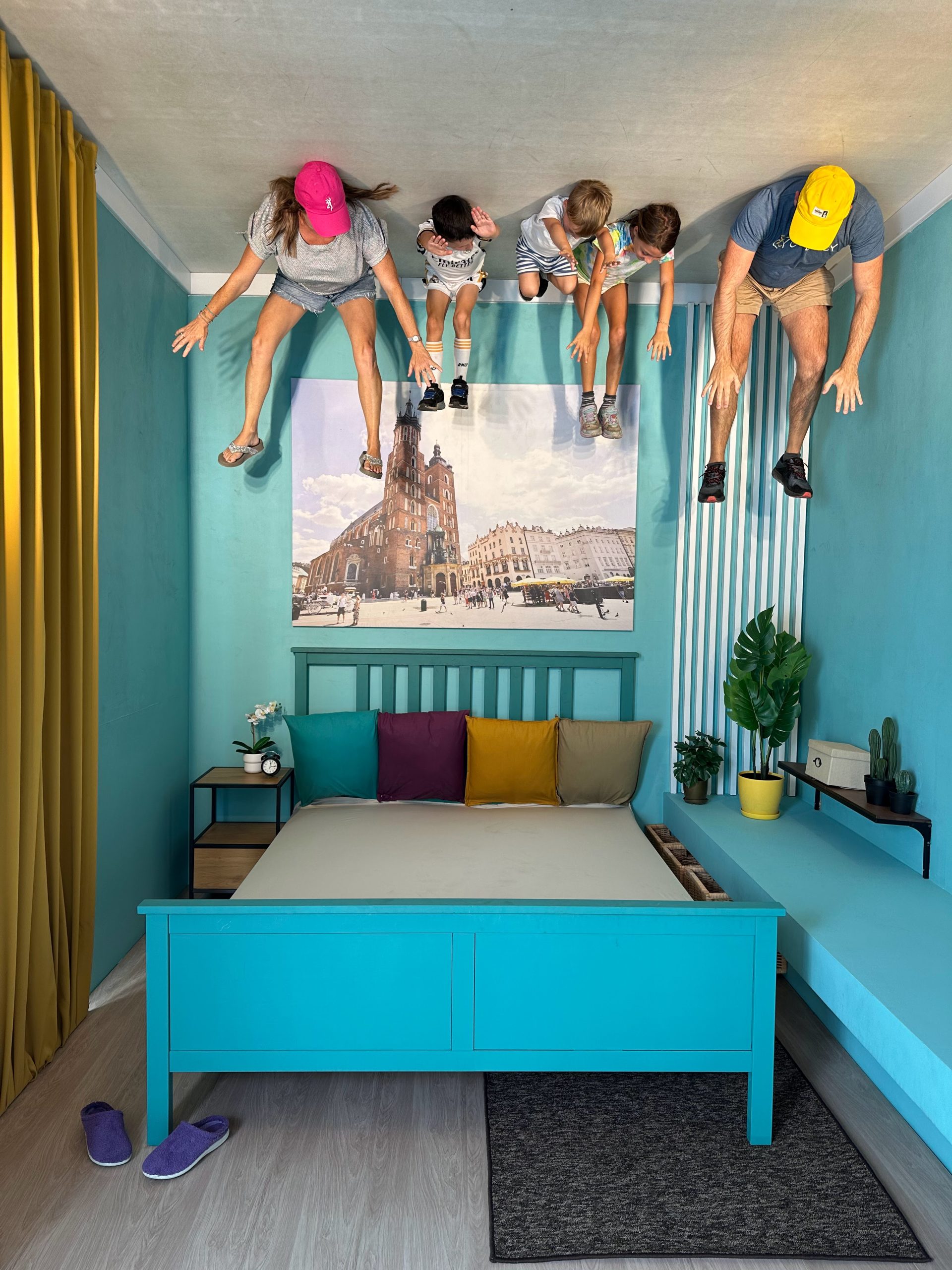
Why We Took Our 3 Kids to Poland (and What They Learned Besides Loving Polish Ice Cream 🍦)
-

The Summer Festivals of the Valencian Community: Bulls, Peñas, and the Power of Community
Every summer in Spain, villages (“pueblos”) across the country come alive with week-long festivals. These celebrations—whether in honor of a patron saint, a historic anniversary, or simply tradition—offer a glimpse into something deeply embedded in Spanish life: the culture of community.
In the Valencian Community, this sense of togetherness is often centered around peñas or collas. These are groups of friends who rent out a space during the festivities (or the whole year) to share meals, drinks, and endless conversation. Between mealtimes, the village organizes activities for all ages: music, games, competitions, and—yes—bull-related events.
When I was invited to a peña in a small village this summer, I was struck by how unique these traditions are. That morning (at noon), they held a “running of the bulls” for children—though in reality, it was cows running down the streets (still dangerous if they step on you). Later that week, we returned for a midnight talent show in the town plaza. The performances didn’t begin until 1 a.m., and after the last act wrapped up around 3 a.m., the entire village stayed to play a lively game of bingo together.
Every town has its own version of celebration. Some have become world famous—like La Tomatina in Buñol, where the streets turn into a giant tomato fight. Others remain more local, like foam parties in the town square or giant water slides running down steep village streets.
As an American, and someone fortunate to have traveled widely, I’ve never seen anything quite like these festivals. The bull events are complex—I still hold mixed feelings about them—but what stands out above all is the strong sense of belonging, intergenerational bonding, and joy. Families return home to their villages, people take a week off of work, and life becomes centered on being together.
It’s not just about tradition—it’s about connection. Perhaps that’s part of the secret behind Spain’s long life expectancy: the central role of friendship, laughter, and community in daily life.
While the Running of the Bulls in Pamplona is famous worldwide, the reality is that there are hundreds of smaller, equally fascinating celebrations happening across Spain each summer. They may not make international headlines, but they tell a powerful story of culture, tradition, and above all, community. Visiting during a local “fiesta” is guaranteed to not disappoint.
#SpainCulture #ValencianCommunity #SpanishFestivals #CommunityMatters #CulturalTraditions #LifeAbroad #CommunityAndBelonging #LivingInSpain #InterculturalExperience #TravelAndCulture #VisitSpain
-
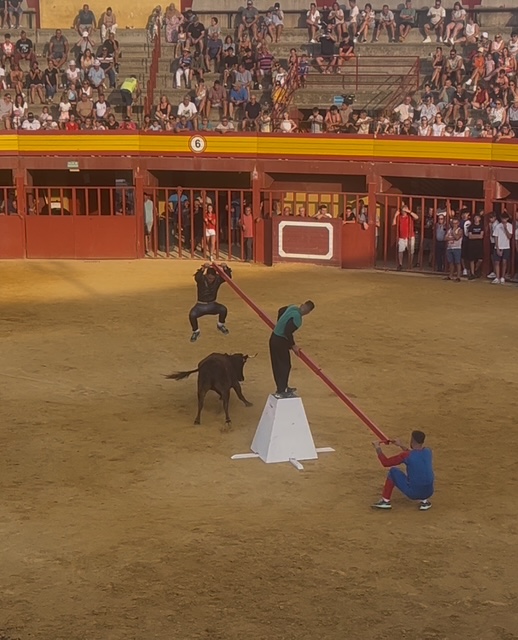
The Beauty of Small-Town Spanish Fiestas
This summer, I had the chance to experience something truly special: a small-town fiesta in Spain.
To be clear, I am not a bullfighting fan. But as someone who has lived in different countries and loves to immerse myself in local traditions, I wanted to see what these weeklong celebrations were all about.
Fiestas in Spain are not just events; they are community. They are about families, friends, and neighbors coming together to share food, music, laughter, and traditions passed down for generations.
By the last day of the fiesta, everyone is running on little sleep—but with hearts that are completely full. People arrive early at the bull ring, not to cheer on a fight, but to grab a shady spot, snack on “pipas” (sunflower seeds), sip soft drinks and beer, and enjoy something truly unique: the artistry of recortadores—trained bull jumpers who perform daring, acrobatic tricks over the bulls. It’s athleticism, culture, and tradition woven into a spectacle that feels both thrilling and deeply rooted in Spanish heritage.
These fiestas, often held in the heat of summer, are worth experiencing at least once. Not just to see the performances, but to understand the richness of Spanish culture—where joy is found in community, shared traditions, and celebrating together.
🌍 For anyone considering moving abroad, moments like these are what make the journey so worthwhile. It’s not just about living in a new place; it’s about embracing the local rhythms, being open to new experiences, and building memories that connect you more deeply to your adopted home. #lifeinspain #americaninspain #expatlife #culturaltraditions #recortadores #spanishfiestas #movingwhere #globalfamilies -

“Three Kids? ¡Qué Valiente!” – Life as a “Familia Numerosa” in Spain
When I first moved to Spain, I thought having three kids was, well… perfectly normal. Not Duggar-level wild. Not “Do you run a daycare?” abnormal. Just a slightly chaotic, very loving, middle-of-the-road-sized family. You know—like a minivan full, but not a school bus.
But here in Spain? I might as well have shown up to school drop-off on a unicycle. Because three kids = familia numerosa, and that title comes with all kinds of perks, paperwork, and puzzled stares.
What’s a Familia Numerosa?
In Spain, once you’ve got three kids under your roof (or two in some special circumstances), congratulations! You’ve leveled up into large family status. There’s even an official government-issued card to prove it.
Yes. A card. A real ID that comes with discounts, benefits… and enough paperwork to wallpaper your house.
To get it, you’ll need copies of your children’s birth certificates (in triplicate), DNI/NIE documents, some official forms written in Ancient Bureaucratic Spanish, and possibly the tears of a unicorn. But once you’ve got it, you’re officially certified as a Superparent of a LARGE FAMILY.
What Comes With the Card?
Here are some of the perks of being a card-carrying member of the Familia Numerosa club:
- 💳 Free Spanish ID and passports for your kids
- 💡 Electricity discounts (because three kids = three times the lights left on)
- 💰 Tax breaks
- 🛒 Discounts at major stores like Carrefour and El Corte Inglés
- 🍟 McDonald’s discounts (because Happy Meals multiply quickly)
- 🚄 Renfe train discounts, making your family trips slightly less financially terrifying
You can find the full list here, if you’re brave.
The Cultural Commentary
Now, back to those comments. In Spain, it seems a cultural reflex to say:
- “¡Madre mía, tres niños!”
- “Yo solo tengo uno y llego tarde todos los días… tú con tres, ¡eres una heroína!”
- And my personal favorite from a taxi driver when all of us were trying to squeeze into his cab: “Don’t you have a TV or something?” (This one is laughable knowing the amount of tears, money, heartache and hope we invested in IVF-if only he knew!)
The teachers, the cashier, the person behind me in line at the farmacia—they all seem genuinely amazed that I’m out of the house with 3 kids (sometimes I am amazed, too).
Back in the U.S., my family of three was average. Nobody batted an eye. But here? I’m a walking wonder. I don’t even have to do anything impressive. Just showing up to school on time with three clothed children is apparently Olympic-level parenting.
Why It Matters (Sort of Seriously)
Spain’s birthrate is one of the lowest in Europe, and the government really wants families to make more adorable little citizens. These Familia Numerosa perks are one way to support families who do.
And as much as I joke, I appreciate the effort of the government trying to offer ways to support families.
In Conclusion: Wear It Like a Badge
So, if you’ve got three kids and you’re living in Spain, go ahead and get that Familia Numerosa card. You’ve earned it—not just the benefits, but the cultural admiration, the wide-eyed stares, and the whispered, “¡Qué valiente!” from strangers.
Because honestly? Some days… it really does feel that way.
#FamiliaNumerosa #FamiliaNumerosaEspaña #VivirEnEspaña #LifeInSpain #ExpatLifeSpain #SpainWithKids #FamiliaNumerosa #MovingWhere #MomsinSpain #Mothersinspain
-

When Summer Feels Long… But You Only Get 18 of Them
This is only my third summer not going home to the U.S., and I still feel that familiar pang in my heart. Even after all these years abroad, summer has a way of bringing up nostalgia, longing, and a need for grounding.
Living in Spain is a gift in many ways—but if you’re a parent here, you’ll know that the summer break is long. With school finishing on June 18th and not starting again until September, it’s a stretch of weeks that can feel both magical and overwhelming.
So how do you keep the kids busy, try to get your work done, stay patient, and somehow still soak in the reminder that you only get 18 summers with them?
That’s motherhood in a nutshell. A constant balancing act of logistics, love, and letting go.
Last week, our kids had no camp, so we decided to lean into family time. We planned a very last-minute trip to Mallorca—and I’m so glad we did. The best part? It’s only a 30-minute flight from Valencia. Just 30 minutes! Compared to our usual 14-hour summer journeys, this felt like a dream.
There are many sides to Mallorca. I had visited once before—single and adventurous. This time was entirely different. This time was about the kids.
We stayed at an all-inclusive resort with everything we needed: activities, kid-friendly pools, and two beautiful coves within walking distance. We spent our days barefoot, sun-soaked, and swimming—just letting the kids feel that beautiful, untamed freedom that summer should bring.
It reminded me of something I love about summer in the U.S.—kids running around outside with no shoes. Living in a city apartment, that’s something my kids rarely get to do. But on this trip, they did. And they loved it.
Now, I feel recharged. Not fully rested (because, you know… kids), but definitely filled with joy.
For those of you spending summer in Spain with children, here’s a little tip: from Valencia (which is just 45 minutes by car from Castellón), there are short, affordable flights to Mallorca, Ibiza, and Menorca. And ferries too, if you want to venture to the stunning Formentera.
Summer may feel long—but with a little spontaneity, a bit of planning, and a sense of adventure, it’s possible to make it meaningful, even magical.
Here’s to barefoot kids, 30-minute flights, and embracing every one of those 18 summers (as best you can). #lifeinspain #lifeabroad #summer #movingwhere #movingwheremothers #expatlife #americansinspain #parentingabroad #castellon #Castello -
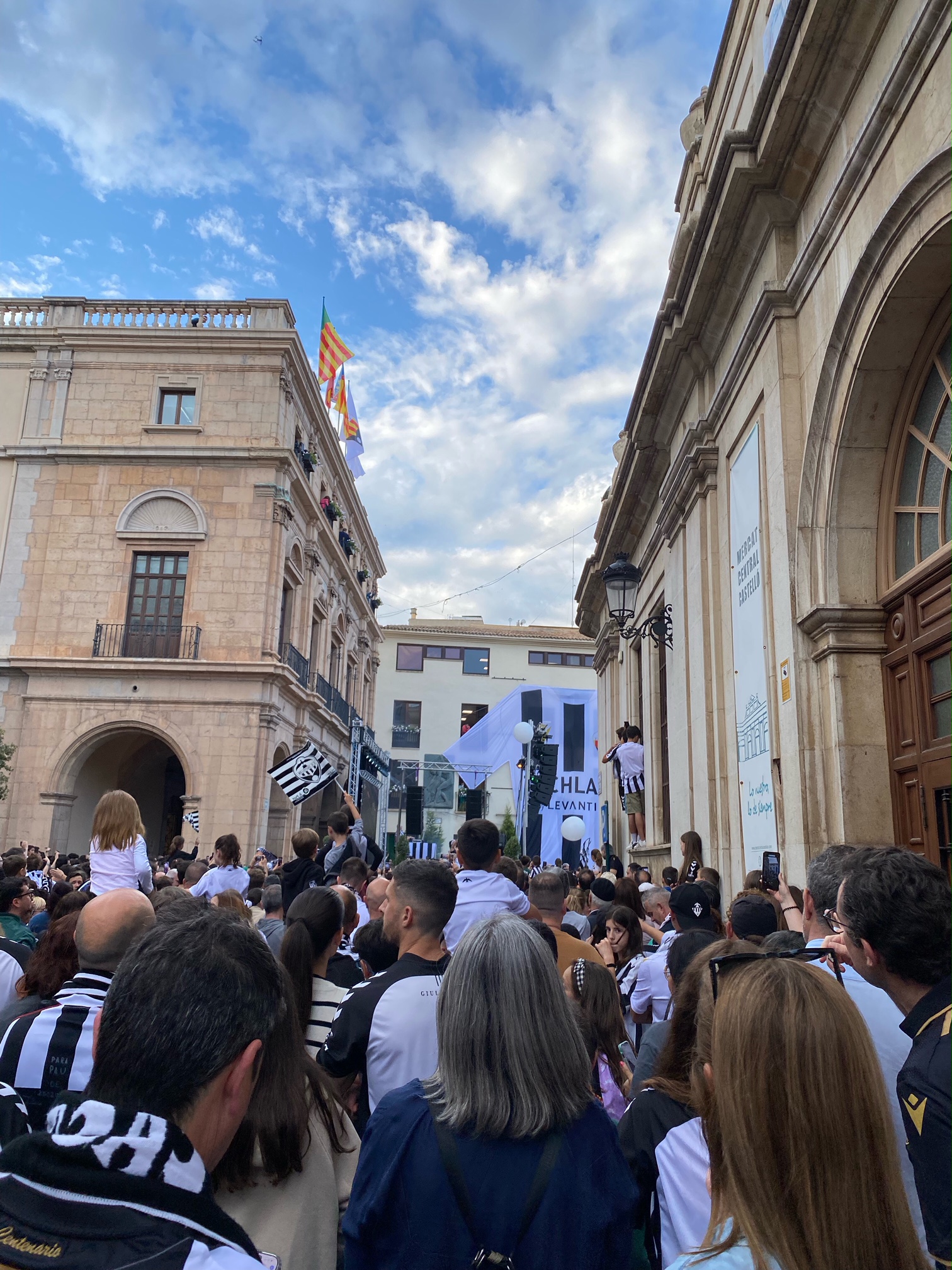
CD Castellón: Small City, Big Dreams (and a Whole Lot of Heart)
Let me start by saying this: I’m not a soccer player. Not even a lifelong fan. But somehow—somewhere between the black-and-white scarves and the roar of a packed stadium—I became a believer. A believer in Castellón Club de Fútbol.
For those unfamiliar, CD Castellón is the heart and soul of this Mediterranean city. They’ve historically played in Spain’s third division, a far cry from giants like FC Barcelona or Real Madrid in La Liga (that’s the first division for us rookies). But here’s the beauty of Spanish football: there’s room to rise. Teams can move up—and down—based on performance, which makes every game, every goal, and every call from the ref matter.
And last season? Castellón soared. They earned promotion to the second division, sending shockwaves of excitement through the city. Locals cheered, flags waved, and fans began dreaming bigger than ever.
The story gets even more interesting. Enter Haralabos “Bob” Voulgaris, a Canadian-Greek entrepreneur and former data guru for the NBA’s Dallas Mavericks. He saw potential in this team—and the town—and bought the club. Since then, Bob has been all-in. Stadium upgrades, new facilities, and a training complex in nearby Borriol with eight fields.
But this isn’t just about shiny new infrastructure. It’s about people. The team is now a global mosaic, with players from the U.S., Mali, Brazil, the Netherlands, and the Democratic Republic of Congo. The head coach? Also Dutch.
Bob himself said he was drawn to Castellón because of its fiercely loyal fanbase. He’s not wrong. The stadium is packed game after game, with fans living and breathing every moment. It’s a feeling—a pulse—you can only understand when you’re in the stands, scarf on, heart pounding.
And guess what? Even CD Castellón B, the club’s second team, is on the rise—they’ve just been promoted too. Double the reason to celebrate.
So, is it possible for CD Castellón to make it all the way to Spain’s first division? With a little talent, a lot of heart—and okay, a bit of Bob’s money—anything is possible. And if (or when) that day comes, this underdog city will finally get its moment on the global stage. Something its fans can only dream of.
Until then, come feel the energy. Grab a black-and-white scarf. Cheer with the locals. And fall in love with a team that’s giving Castellón more than just goals—it’s giving it hope, pride, and a really good reason to dream big.
-
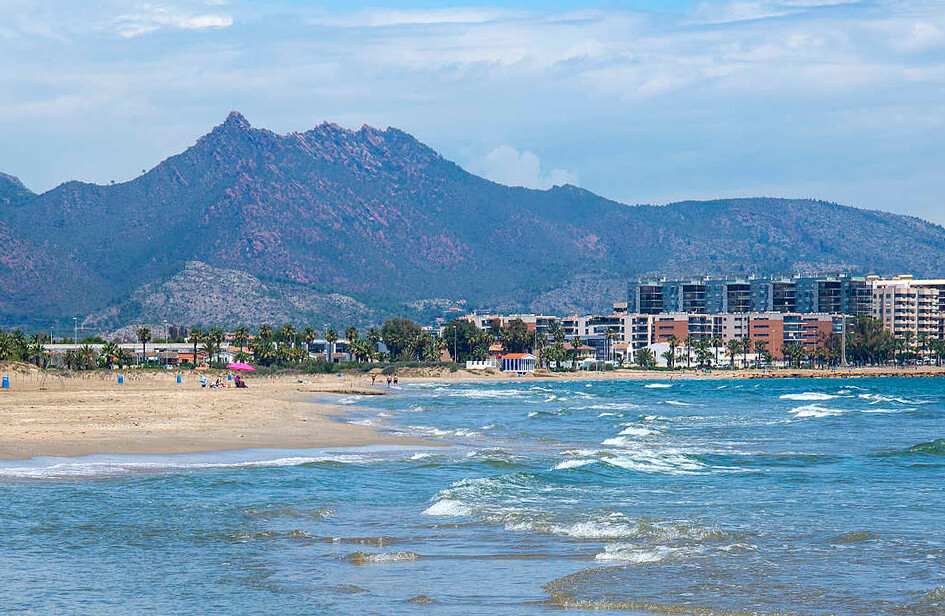
Not Sure Where to Move Abroad? Skip the Big Cities
Photo accredited to www.comunitatvalenciana.com Discover Castellón de la Plana, Spain
When most people dream of moving abroad, the usual suspects pop up: Barcelona, Bali, Lisbon, Dubai. But what if you’re craving something different?
Something smaller, more grounded, and more community-oriented—without giving up culture, coastline, or convenience.
Castellón de la Plana. You’ve probably never heard of it. And that may be a good thing!
Tucked between the Mediterranean Sea and Spanish mountains, Castellón offers a rare balance: a coastal lifestyle, excellent public services, a low cost of living, and a strong sense of community. It’s stroller-friendly, bikeable (it’s flat), packed with parks, plazas, & beaches, and enough activities that make everyday family life feel manageable—and even joyful.
And now, we’ve made it even easier to explore if Castellón might be your next home.
✨ Download our FREE Castellón City Guide — designed by expat mothers, for expat mothers — packed with everything you need to know, including:
✅ Visa and residency options (from tourist to entrepreneur visas)
✅ Neighborhood breakdowns to suit your family’s lifestyle
✅ Healthcare and school options (including international programs)
✅ How to get around without a car
✅ Local festivals, cultural quirks, and where to find your next favorite meal
✅ Family-friendly excursions, emergency contacts, and mama-approved co-working spaces
Whether you’re still exploring where to move or already picturing your kids in a plaza playing while you’re drinking tinto de verano at 10 PM (yes, that’s normal here), this guide is your first step.
Ready to discover a different kind of expat life—one where family, affordability, and fresh air come first? Download the guide here.
We created this guide because we’ve been there: the overwhelm, the excitement, the uncertainty. And we’re here to help you find your community and confidence in Castellón.
This isn’t just a move. It’s a lifestyle upgrade.
#movingabroad #expatlife #familytravel #Castellon #MovingWhere #relocation #Castellondelaplana #castellonspain #worklifebalance #SpainWithKids #digitalnomads #coastalcities #momsabroad #expatmoms
-

Why Global Mamas Love May in Spain (2025 Version)
According to Spain’s Official Tourism Portal (www.spain.info), May offers 300+ family-focused festivals—more than any European country. Whether you’re already in Spain or dreaming of moving here, these 3 local festivals offer unforgettable ways to enjoy Spanish traditions with your kids:
1. Jerez Horse Fair Andalusia’s Equestrian Heritage 📅May 17–24
The Feria del Caballo de Jerez (Jerez Horse Fair) is one of Andalusia’s most dazzling and aristocratic fairs, blending flamenco, sherry, and equestrian grandeur. Held in Jerez de la Frontera (Cádiz province), it’s a must-see for lovers of Spanish culture.
- UNESCO-Recognized equestrian artistry (Royal Andalusian School of Equestrian Art)
- Kids’ Day (May 20): Pony rides & flamenco workshops.
- Horse Parades
- The Fairgrounds (Real de la Feria)
- Nighttime Fairground Parties
Pro Tips from Local Moms:
- Rent traditional Traje de Gitana dresses (€15-30/day) at the boutiques on Calle Larga —perfect for matching family photos!
- Public Casetas: Head to Casetas Municipales for open-access fun.
- Horse Events: The Paseo de Caballo (horse parade) happens daily around noon.
- Transport: The fairgrounds (Parque González Hontoria) are a 20-min walk from downtown; taxis are plentiful.
- Dress Code: Locals dress up—join in with a flamenco dress or smart-casual attire.
2. Cruces de Mayo (May Crosses Festival) 📅May 1–3
The festival in Granada is one of Andalusia’s most vibrant spring celebrations, blending religious tradition, floral artistry, and lively street parties. Here’s what makes it special:
- 42 Flower Crosses compete for “Most Creative” award (Judged by botanists & historians)
- Free Craft Stations: Make your own floral cross
- Street Parties & “Casetas”
Pro Tips from Local Moms:
- Best Day to Go: May 3 (Day of the Cross), when all crosses are finished and parties peak.
- Route: Start at Plaza del Carmen (city hall’s giant cross), then explore Albaicín and Realejo.
- Try: Tortilla del Sacromonte (local omelette) and habas con jamón (broad beans with ham) from bars near the crosses.
- Transport: Walk or take minibuses to the Albaicín (narrow streets make parking impossible).
3. Feria de San Isidro, Madrid 📅 May 15-30
The Feria de San Isidro is Madrid’s most iconic traditional festival, celebrating the city’s patron saint, San Isidro Labrador (St. Isidore the Farmer). While the religious feast day is May 15, the festivities—especially the bullfighting season—often extend through late May.
- Bull Fighting at Las Ventas
- Street Parties and Music
- On May 15, locals dress in traditional chulapo attire (men in checked caps, women in polka-dot dresses) and head to the Ermita de San Isidro.
Pro Tip from Local Moms:
- The best day to experience authenticity is May 15, but bullfighting fans should check Las Ventas’ schedule for peak dates.
- For nightlife when you leave the kids with a babysitter, head to La Latina bars after the verbenas.
Thinking of moving to Spain with your family? These festivals are just a taste of the rich, local life waiting for you. Which one would you and your kids love most?
#MovingWhere #MamaCommunity #GlobalMamaLife #FamilyLifeAbroad #CulturalParenting
-

Our First Easter Event
Our First Ever MovingWhere Easter Eggstravaganza! 🐣🌸
Yesterday, we welcomed spring with our very first MovingWhere family event—an Easter Eggstravaganza that brought joy, lots of chocolate, laughter, and connection to over 30 kids and their families!
One of the most challenging parts of living away from your home country is missing out on the cultural traditions and holidays you are used to celebrating. Celebrations like Easter can feel a little lonelier, a little quieter, and a little less like “home.”
That’s exactly why we were so excited to host this event—a chance to recreate those special moments and share them with our community.
From decorating Easter eggs to a competitive egg hunt, fun games, and even a lively mini disco, the day was packed with smiles and memories. While the kids hopped from activity to activity, parents had the chance to meet new faces, reconnect with familiar ones, and enjoy some relaxed time together.
For those who celebrate Easter, we hope this brought a sense of comfort and familiarity. And for those experiencing it for the first time, it was a joyful peek into another cultural tradition—one we were so happy to share.
This event is exactly what MovingWhere is all about. Creating spaces to connect, celebrate, and build meaningful communities wherever you are in the world.
We’re already looking forward to the next one. 💛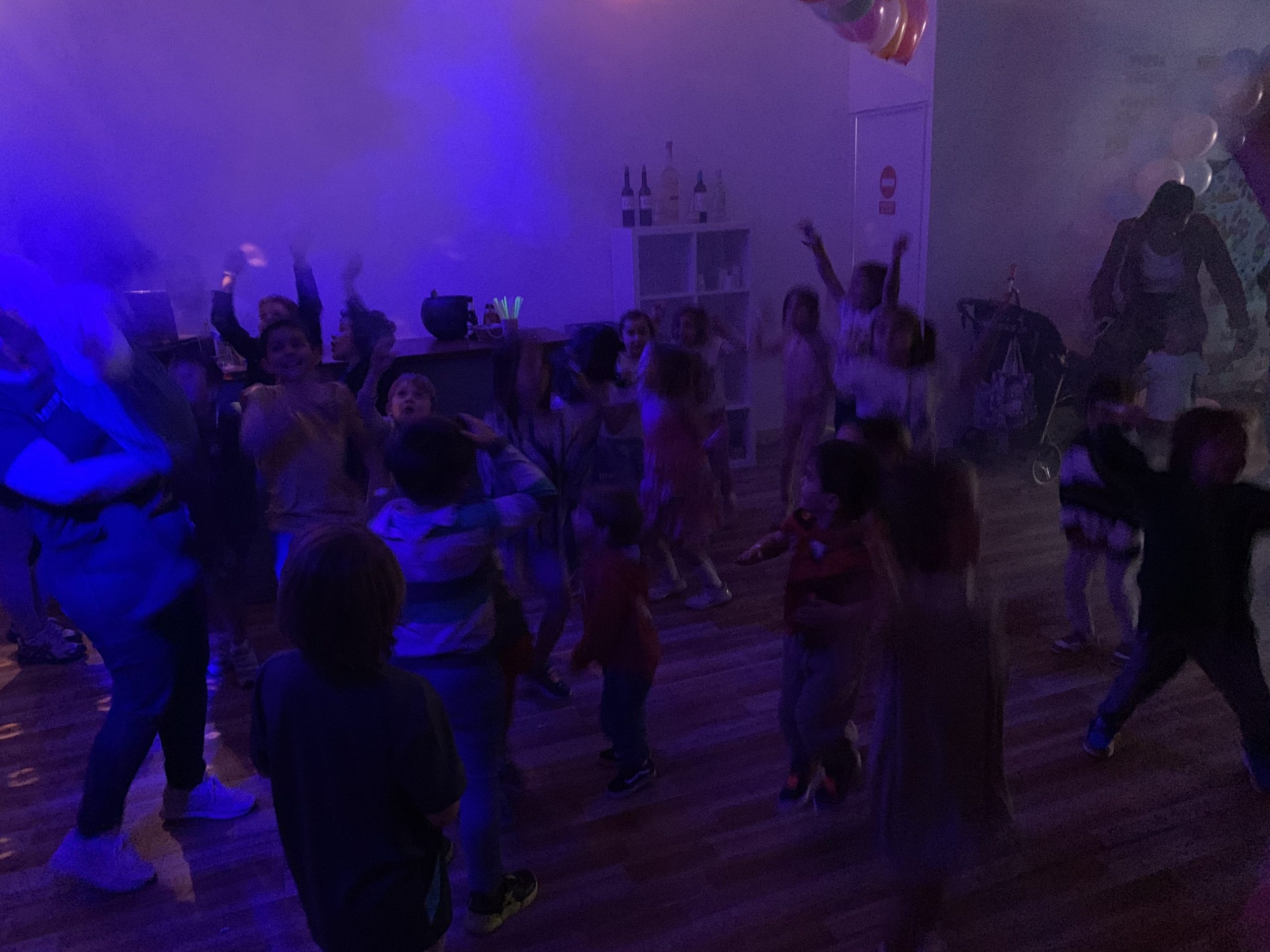
-

⚽ Sports in Spain: What Moms Should Know Before the Big Move 🇪🇸
Thinking of relocating to Spain with your family? Here’s what you need to know about youth sports before you unpack those cleats and lacrosse equipment.
⚽ Football Is King—And It’s All Year Long
If there’s one thing you’ll notice right away, it’s that soccer (or football, as the rest of the world calls it) reigns supreme. For many Spanish kids, football is the sport.
Unlike the U.S., where sports are split by season (soccer in the fall, basketball in winter, baseball in spring), football in Spain is year-round. This consistency allows kids to really develop their skills and improve steadily. But it also means there’s less opportunity to try out different sports throughout the year.
Gender Gaps in Youth Football
One thing that stood out to us as a family was the disparity between boys and girls in football. While girls can play, the number of teams and opportunities for them are fewer than what we experienced in the U.S. It was a bit disappointing, especially if you have a daughter who’s passionate about soccer.
Where Are the Girls? Think Gymnastics
While boys flock to football, many girls gravitate toward gymnastics—especially rhythmic gymnastics, which is particularly popular in Spain. You’ll also find artistic gymnastics classes, and they often have strong communities and regular performances or competitions.
If your child is interested in gymnastics, be prepared to sign up early. These classes fill up fast!
🏀🎾🏑 Other Sports Exist—But It’s Not the U.S.
You can definitely find basketball, hockey, tennis, track & field, and golf, among other sports. But the variety and visibility of youth sports in Spain is more limited compared to the U.S.
There’s no cultural push to “try a new sport every season” like you often find in American youth leagues. Some kids specialize early—and that’s the norm.
Moms, Meet Padel—Your New Best Friend
Let’s not forget about you, mama! If you’re looking to get moving and make new friends, padel might become your new favorite thing. It’s a tennis-meets-squash sport that’s huge in Spain right now, especially among adults.
It’s easy to learn, super social, and a great way to sneak in some fitness while building your new circle. At MovingWhere, we even offer some Padel Tournaments where you can join to meet new friends and show off your new skills!
Final Tips: Know What’s Available Before You Arrive
Before you make the move, it’s worth doing a little research on the sports centers (polideportivos) and clubs in your future neighborhood. Ask local parents, look up teams online, or join a city-specific expat mom group for insider info.
Pro Tip: Sports often operate outside of school, through clubs or academies. So don’t assume school will automatically provide athletic options.
Have You Experienced Youth Sports in Spain?
We’d love to hear from other mothers who’ve made the move. What sports did your kids get into? What surprised you most? Drop a comment below or share this with a fellow mama heading to Spain.
